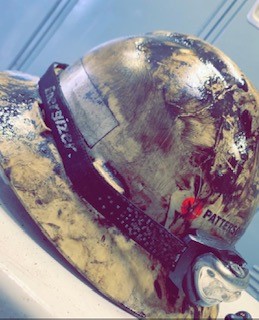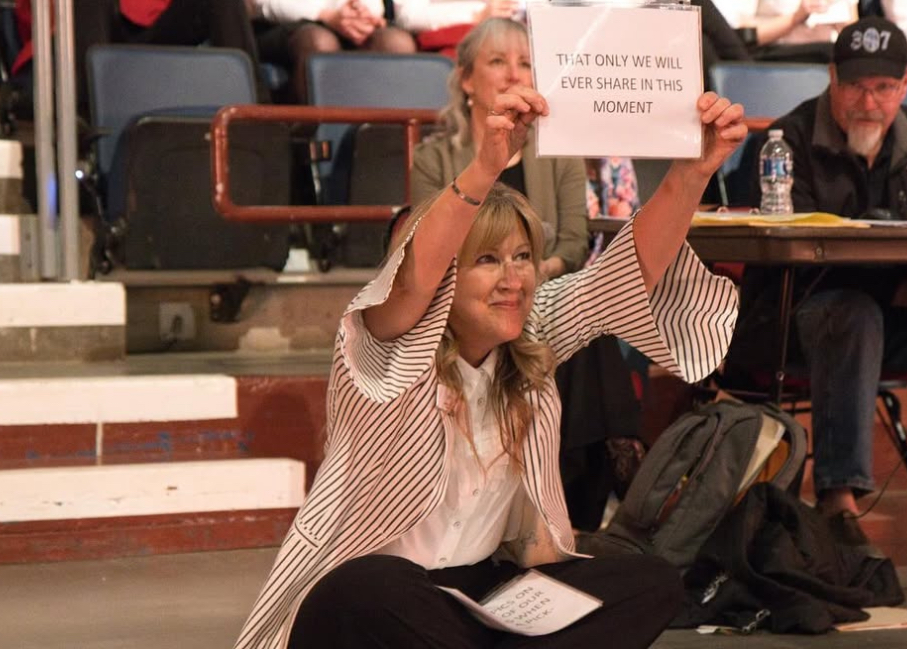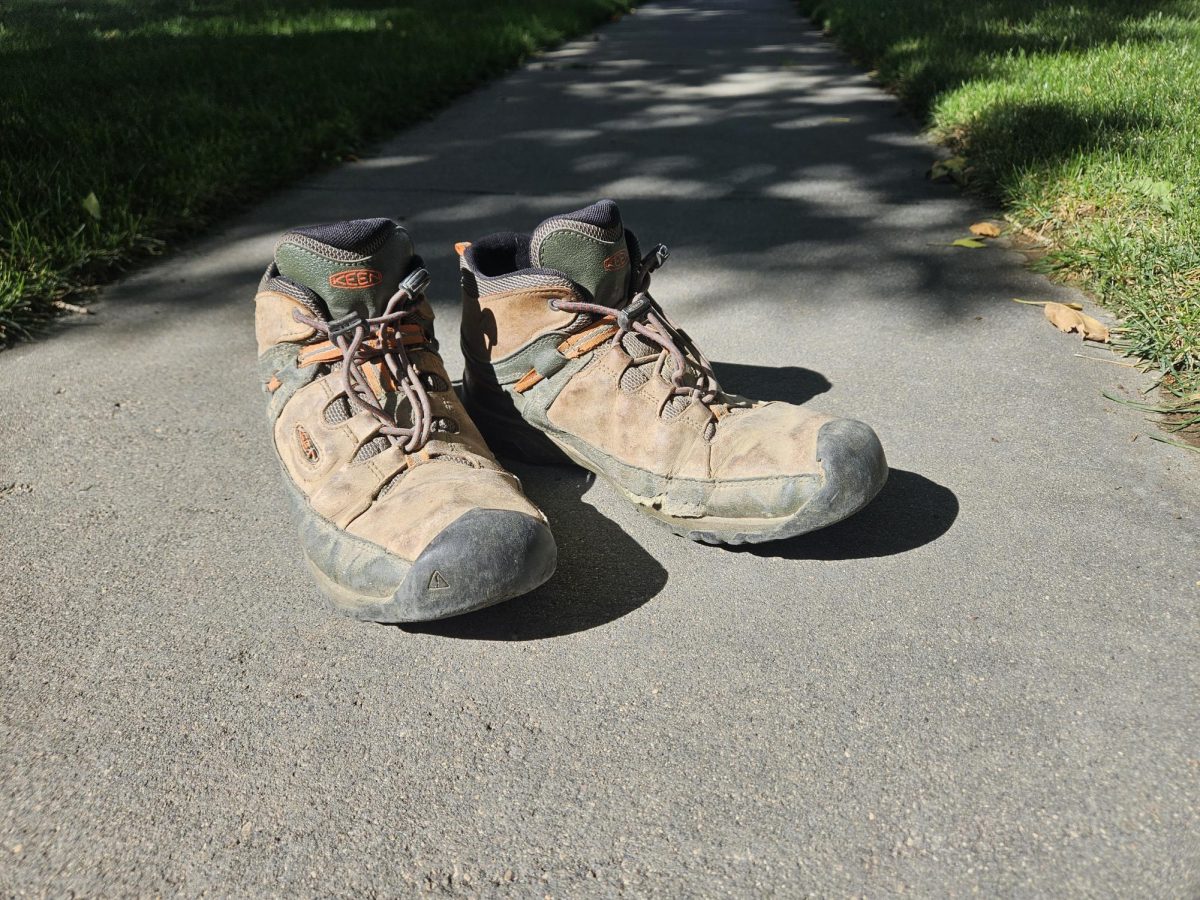CRUDE OIL PRICE DROP MEANS LAYOFFS
2018 PHS grad loses job as low prices and high demand crunch market

Stephen Preator, a 2018 PHS graduate, was forced to set aside his Patterson-UTI hard hat due to the recent plummet in oil and gas prices.
In this neck of the woods, the oil and gas industry is a massive employer. In many cases, Big Horn Basin residents can name at least one person they know who is involved with or employed by a company that has something to do with oil and/or gas.
And they are concerned.
On Monday, April 20, the price for a barrel of crude oil dropped well below $0, according to oilprice.com. Last year, the average cost of one barrel was $56.99. And the highest price recorded in 2019 was $66.24 per barrel.
The recent plummet in prices is due to COVID-19 and some recent activity from other countries. The current oil supply far outweighs its demand in the U.S. And as reserves begin to reach their maximum levels, some local families and businesses find themselves in an unavoidable pickle.
“Lucky for me, the only real effect this crash has had on me is that I’m no longer employed and I’m having to make better financial decisions,” 2018 PHS graduate Stephen Preator said. “I was working for Patterson-UTI for two years. They had 22 crude oil drilling rigs standing in the Rockies before the crash. Currently they have zero rigs operating.”
According to The Bureau of Labor Statistics, “there were an estimated 145,000 people employed in the oil and gas extraction industry in 2018. The American Chemical Society (ACS) estimates the number of people employed in the oil and gas extraction industry has been growing at a rate of 20%, from 106,000 people in 2017 to 127,000 people in 2018.”
Since this industry is so monstrous, it’s no surprise this plunge has resulted in hundreds, if not thousands of layoffs and company shutdowns. Unfortunately, many people in the Big Horn Basin have not only seen the effects of this catastrophe, but they’ve felt it as well.
“I’m only one of thousands of Americans who are no longer working,” Preator said. “And many of those people have families, home mortgages, doctor bills and children that they can no longer afford to take care of.”
On the political side of things, President Donald Trump has been pushing to give oil and gas employees as much support as possible. On April 21, he tweeted about the liberties that are being taken to aid those who have been affected. “We will never let the great U.S. oil and gas industry down. I have instructed the Secretary of Energy and Secretary of the Treasury to formulate a plan which will make funds available so that these very important companies and jobs will be secured long into the future.”
And as of Thursday, April 23, crude oil prices had bounced back at least somewhat. According to marketwatch.com, a 20% increase came about as a result of rising tensions in the Persian Gulf between the U.S. and Iran. By Friday, the price had settled at $17.18 per barrel.































Kenzie Stearns • May 4, 2020 at 3:27 pm
My father has worked in the oilfield most of my life. There will always be crashes in the oilfield but this tops all of them in the past. The drop in prices had an impact on everyone whether they work in the oilfield or just put gas in their car. Although it is a positive effect when filling up, I have learned that it is a negative effect in the economy, and that it also effects prices in the stock markets.
Kalli Ashby • May 1, 2020 at 10:13 pm
This article hits home since my father works in the oil industry. He has been very stressed that they are putting in more money then they are taking out. Both of my parents are essential workers so from teaching to working in the oil field both are finding difficult parks in their jobs
Bo Dearcorn • Apr 28, 2020 at 11:26 am
It is sad to see the oil prices drop. To many people are filind for unemployment. It is not good for the economy for it to be dropping.
Ryley Meyer • Apr 27, 2020 at 4:32 pm
A crisis like this does really show and exaggerate how the prices in the oil and gas industry can fluctuate and are effected by almost everything that happens. When life is normal, people don’t really realize how often prices in this industry change. Most people only see the pump gas prices which don’t move more than a cent or two in a day. But with this pandemic it shows everyone how unstable this industry can be.
Colby Bennett • Apr 26, 2020 at 10:01 pm
The sad part about the oil and gas industry is that the prices are always fluctuating. During this time especially, it makes it really difficult for the amounts of people having to file for unemployment, just mainly to continue supporting their families. It’s scary times and businesses and industries are struggling. I hope the world bounces back faster than it seems to be, or else there’s going to be a ton more heartache. Its a tragic time, and its also past overdue for a cure, or mass immunities.